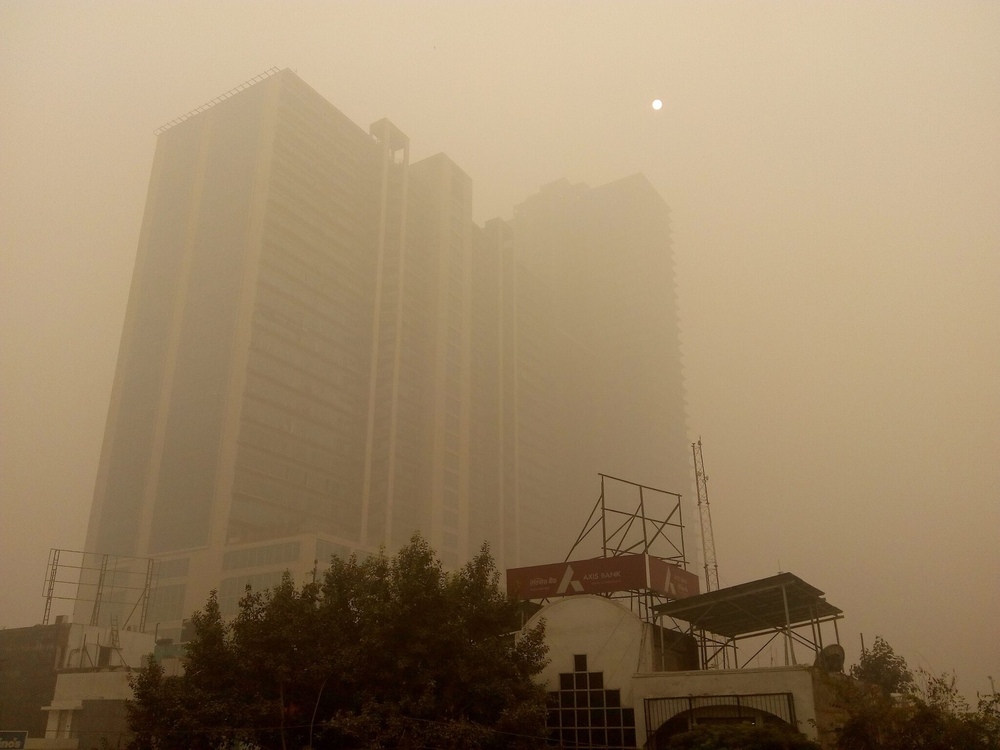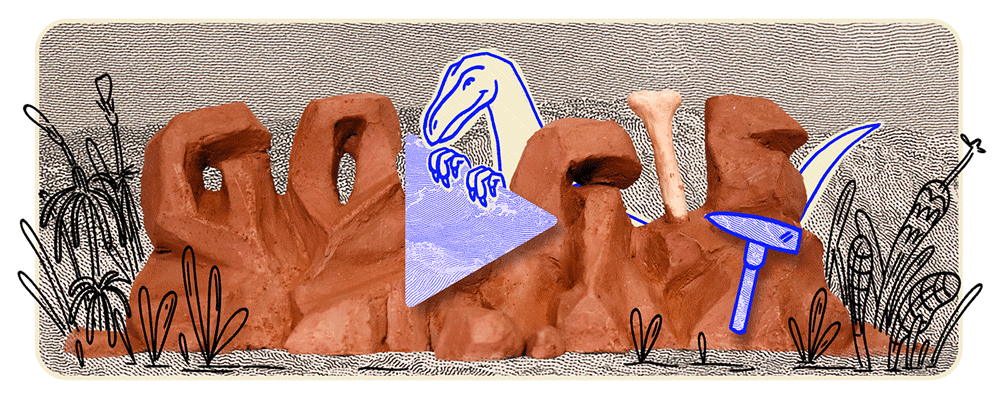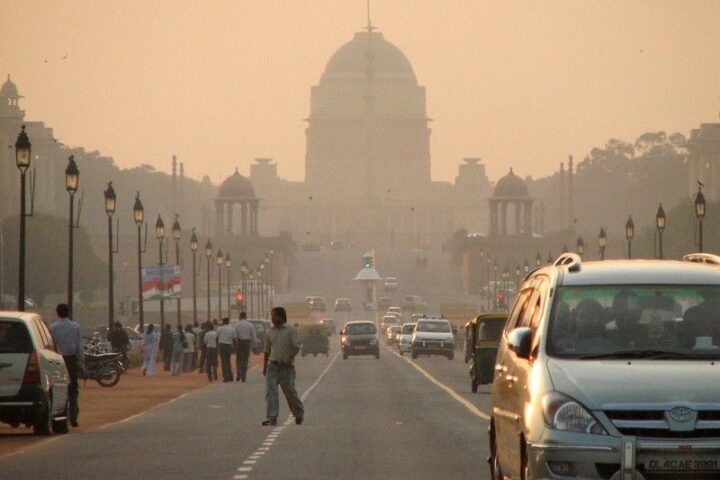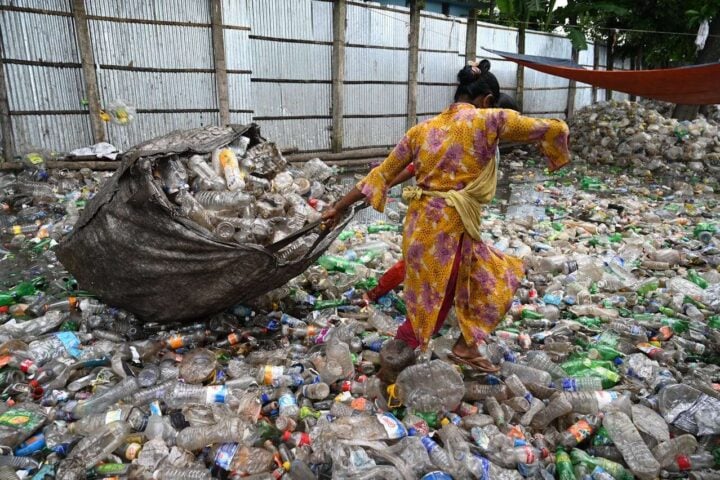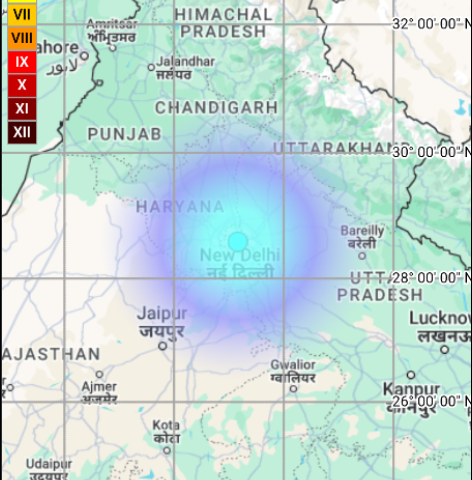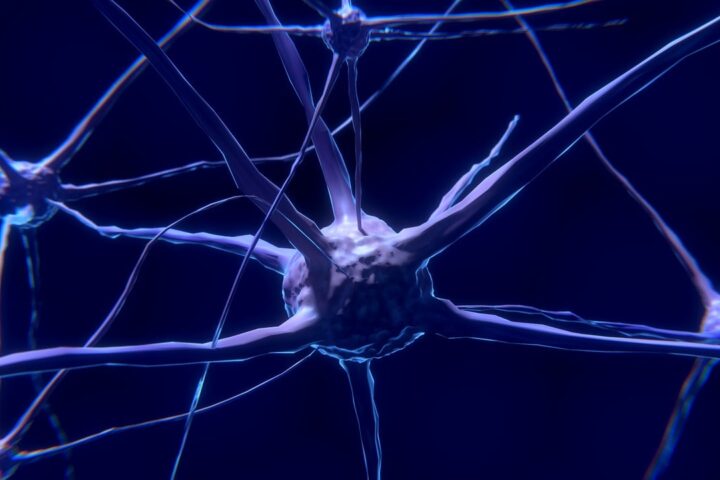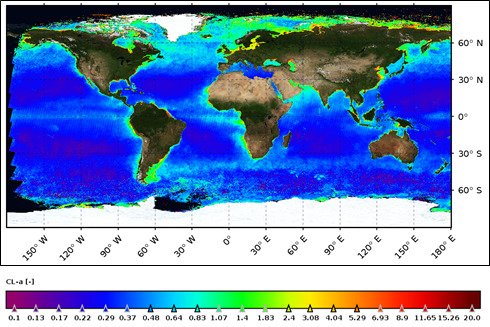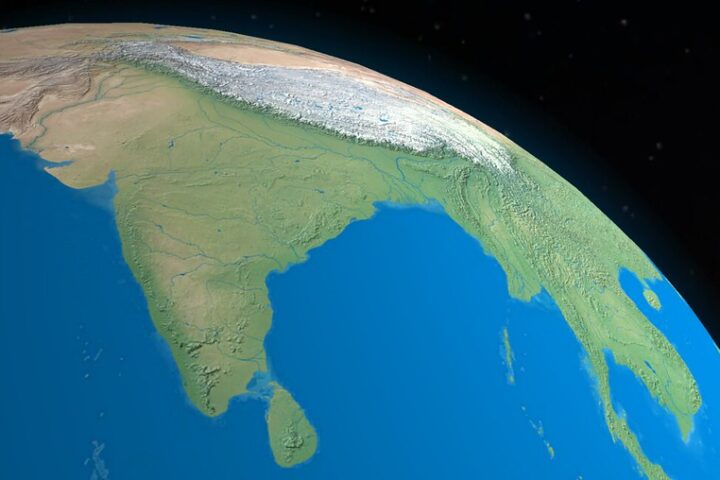New Delhi, October 19, 2024 – The air quality in Delhi continues to deteriorate, with the Air Quality Index (AQI) reaching alarming levels in several areas across the city. According to the Central Pollution Control Board (CPCB), the AQI in Anand Vihar and Akshardham has skyrocketed to 334, falling into the “very poor” category and raising serious health concerns for residents.
Health Impact and Expert Opinions:
Dr. Rajesh Kumar Gupta, a prominent pulmonologist at the Fortis Hospital Noida, warns, “High levels of air pollution don’t just affect people with existing respiratory problems; they also harm those who are otherwise healthy. Individuals with heart conditions face an increased risk of complications.”
Residents across the Delhi-NCR are reporting symptoms such as throat irritation, coughing, and breathing difficulties. “What is happening is that the air quality is deteriorating day by day. It has become so bad that even children are facing breathing problems. We are having a lot of issues with this; we have to cover our mouths while going out, and it’s becoming very problematic. We are suffering every day, especially in Greater Noida west, where the problems are the worst. All the construction activities are ongoing, but they don’t even sprinkle water to control the dust; this is causing a lot of issues for us. The pollution levels are very high, and we want the government to take action for.” complains one of the residents of Greater Noida.
Comparative Data and Trends:
A closer look at the historical AQI data reveals a worrying trend. Over the past decade, Delhi’s air quality has consistently deteriorated, particularly during the winter months. In November 2016, the AQI reached a record high of reaching nearly 1000s, classified as “severe plus” and prompting the Government to declare a public health emergency.
Political Reaction
In an effort to combat the rising pollution levels, the Delhi government has imposed a complete ban on firecrackers until January 1, 2025. Chief Minister Atishi has also urged residents to take immediate steps to reduce pollution, including carpooling, refraining from burning crackers and waste, and using the Green Delhi app to report pollution incidents.
The government has ramped up monitoring at construction sites, mandating strict compliance with dust control measures, particularly the prompt removal of construction and demolition (C&D) waste. To further control road dust, the Chief Minister announced the deployment of 200 anti-smog guns across pollution hotspots in Delhi.
One minister from the current AAP government points out that this is a conspiracy from the opposition party BJP.
Similar Posts
Research Findings and Potential Solutions
Recent studies have shed light on the primary sources of pollution in Delhi. A 2018 study by The Energy and Resources Institute (TERI) found that vehicular emissions contribute to nearly 40% of the city’s air pollution, followed by industrial emissions (20%), and dust from construction activities (18%).
Another study by the Indian Agricultural Research Institute (IARI) highlighted the significant impact of stubble burning in neighboring states on Delhi’s air quality. The study estimated that stubble burning accounts for up to 40% of Delhi’s pollution during the peak burning season in October and November.
These findings underscore the need for a multi-pronged approach to tackle the air pollution crisis. World Economic Forum suggests that, “The most important step for municipal and national agencies to reduce air pollution is to raise their level of ambition in achieving their air quality and climate objectives. The overall aim must be an economy where development is uncoupled from resource use and energy provision is de-carbonized. Short-term actions can then be selected and implemented within that framework.”
Conclusion
As Delhi grapples with the worsening air quality crisis, it is clear that urgent action is needed to protect public health and ensure a sustainable future for the city’s residents. While the government’s current measures are a step in the right direction, a more comprehensive and long-term strategy is essential to address the root causes of pollution.
According to United Nations Environment Programme (UNEP), the right to breathe clean air is one of the components of the right to a healthy environment. Air pollution negatively impacts the enjoyment of many human rights, in particular the right to life and the right to health, especially in relation to vulnerable groups.”
